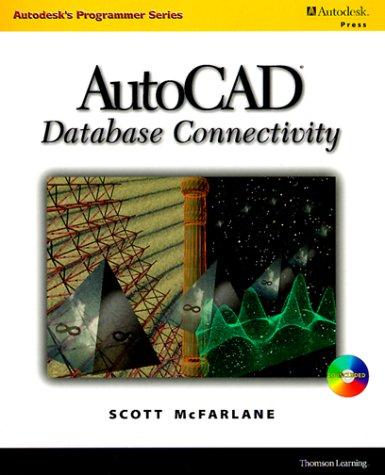dCA --k dt =kC-k, dt = k C dt With reactor rate parameter values of kl = 0.5 min1, K2 = 0.25 min-1, and initial condition x0 = [CA0;CB0:CC0] = [1;0;0]: 1. Integration, single equation a Write an Euler integration script file that calls an Euler integration function, which, in terms, calls a function file containing the first differential equation. Compare the results (using a plot) obtained for the concentration of A with time, for two different integration step sizes, h = 0.1 min and h -1.0 min b. Write a script file for the second-order Runge-Kutta mid-point method, which is identical to the predictor-corrector method. For an integration step size of h=1.0 min, compare (plot) your results for the concentration of A with time using Euler (part a) vs second-order Runge-Kutta. 2. Integration, multiple equations a. Write an Euler integration script file that calls an Euler integration function, which in turn, calls a function file containing all three differential equations. Compare the results (using a plot) obtained for the concentrations of all components with time, for two different integration step sizes, h = 0.1 min and h = 1.0 min b. For all three equations, write a script file for the second-order Runge-Kutta mid-point method, which is identical to the predictor-corrector method. For an integration step size of h = 1.0 min, compare (plot) your results for all concentrations with time using Euler (part a) vs second-order Runge-Kutta. 3. Summarize your results in writing a What is the effect of the integration step size using the explicit Euler method? That is what happens when the integration step size is increased? b. How does the accuracy of the Predictor-Corrector (2nd order Runge-Kutta mid-point) method compare with Explicit Euler for a given integration step size? dCA --k dt =kC-k, dt = k C dt With reactor rate parameter values of kl = 0.5 min1, K2 = 0.25 min-1, and initial condition x0 = [CA0;CB0:CC0] = [1;0;0]: 1. Integration, single equation a Write an Euler integration script file that calls an Euler integration function, which, in terms, calls a function file containing the first differential equation. Compare the results (using a plot) obtained for the concentration of A with time, for two different integration step sizes, h = 0.1 min and h -1.0 min b. Write a script file for the second-order Runge-Kutta mid-point method, which is identical to the predictor-corrector method. For an integration step size of h=1.0 min, compare (plot) your results for the concentration of A with time using Euler (part a) vs second-order Runge-Kutta. 2. Integration, multiple equations a. Write an Euler integration script file that calls an Euler integration function, which in turn, calls a function file containing all three differential equations. Compare the results (using a plot) obtained for the concentrations of all components with time, for two different integration step sizes, h = 0.1 min and h = 1.0 min b. For all three equations, write a script file for the second-order Runge-Kutta mid-point method, which is identical to the predictor-corrector method. For an integration step size of h = 1.0 min, compare (plot) your results for all concentrations with time using Euler (part a) vs second-order Runge-Kutta. 3. Summarize your results in writing a What is the effect of the integration step size using the explicit Euler method? That is what happens when the integration step size is increased? b. How does the accuracy of the Predictor-Corrector (2nd order Runge-Kutta mid-point) method compare with Explicit Euler for a given integration step size







